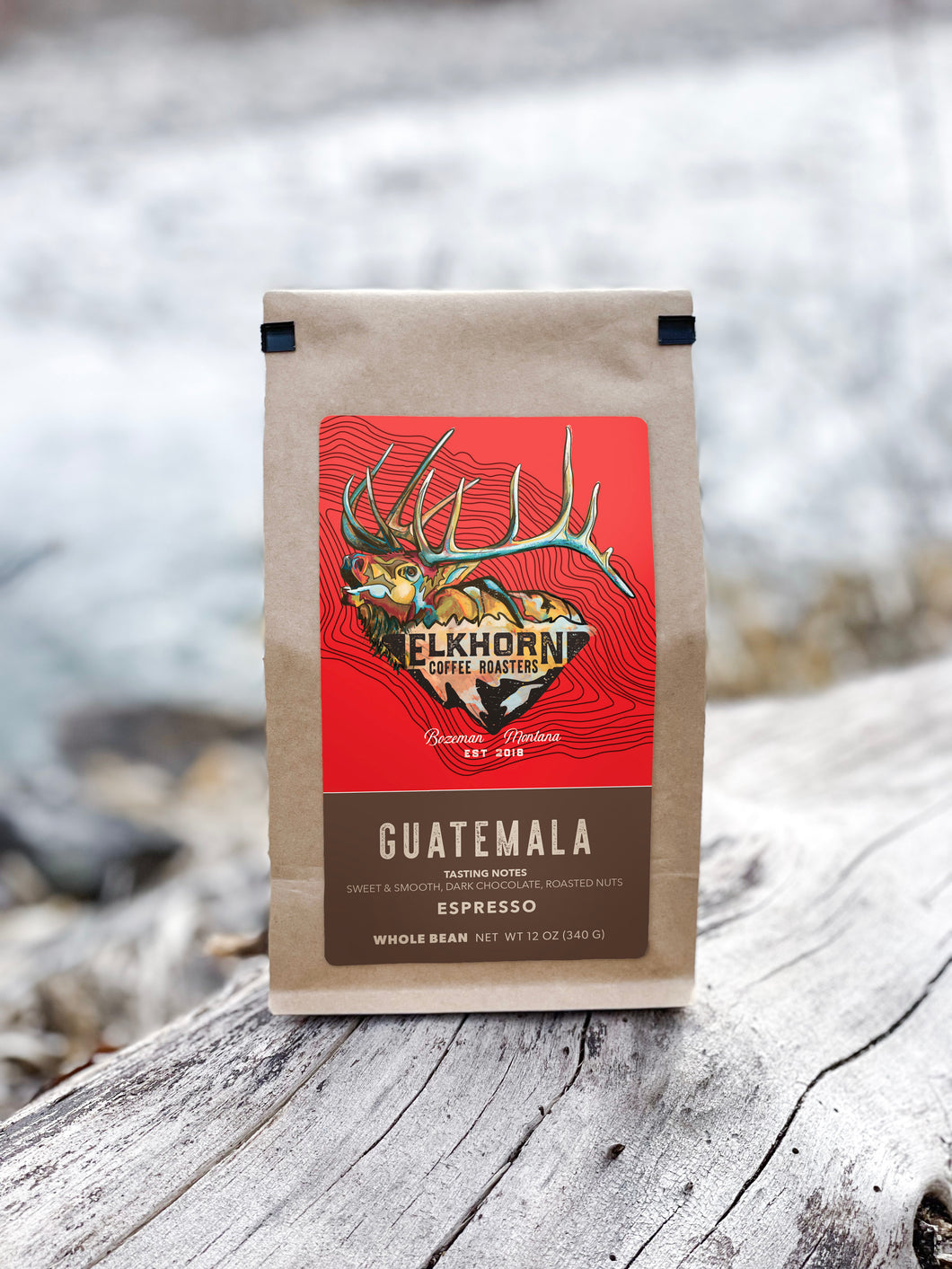Pairing Food and Desserts with SOE Single Origin Espresso
Pairing Food and Desserts with SOE Single Origin Espresso
Blog Article
Coffee Beans Uncovered: Discovering the Secrets of Coffee and Blended Coffee Beans
When you think about coffee, what comes to mind? Is it the abundant fragrance of coffee or the intricacy of a well-crafted blend? Comprehending the subtleties of coffee beans can change your experience.
The Origins of Coffee: A Historical Perspective
Although coffee is now a staple in coffee culture worldwide, its beginnings trace back to the very early 20th century in Italy. You may be surprised to learn that the invention of coffee was driven by a need for rate and performance. In 1901, Luigi Bezzera patented the very first espresso machine, intending to make coffee faster than conventional methods. This innovation promptly caught the attention of Italian coffee enthusiasts, resulting in the espresso bars we recognize with today.
Comprehending Espresso Beans: Qualities and selections
When you think of coffee, it's necessary to acknowledge the different bean selections and their one-of-a-kind tastes. Each type brings a distinct personality to your mug, affected by factors like roast levels. Recognizing these components can boost your espresso experience considerably.
Coffee Bean Varieties
As you discover the world of espresso, you'll promptly uncover that not all beans are developed equal; each selection brings its own one-of-a-kind tastes and characteristics to your mug. The most prominent types consist of Arabica and Robusta. Arabica beans are recognized for their smooth, nuanced flavors and reduced high levels of caffeine material, making them a favorite amongst coffee lovers. On the various other hand, Robusta beans load a stronger punch with greater caffeine and an extra bitter preference, typically preferred in blends for their crema-enhancing qualities. You may additionally encounter specialty beans like Liberica and Excelsa, which use distinctive accounts and are much less common. Each selection provides something different, so exploring will certainly aid you find your ideal espresso.
Taste Accounts Discussed
Recognizing the flavor profiles of various coffee beans can boost your coffee experience. Each bean variety supplies distinct attributes that affect taste, aroma, and mouthfeel. Arabica beans often present a sweeter, extra intricate flavor with hints of fruit and flower notes, while Robusta beans often tend to be bolder, with nutty and earthy touches.
When you check out single-origin beans, you might uncover distinctive regional tastes-- Main American beans may be bright and citrusy, whereas Italian blends commonly deliver abundant, chocolatey notes.
Roast Degrees Influence
Roast levels play a necessary function in forming the flavor and fragrance of coffee beans, influencing your general coffee experience. With light roasts, you'll find intense level of acidity and a lot more pronounced fruity notes. As you relocate to medium roasts, you'll appreciate a well balanced profile that showcases sweetness and intricacy. Dark roasts, on the other hand, commonly present rich, bold flavors with a smoky surface, yet they can mask the beans' fundamental features. Comprehending these roast levels helps you pick the espresso that fits your preference preferences. Trying out with different roasts can cause delightful explorations, boosting your gratitude for espresso. Do not hesitate to explore various roast levels and locate your best mug!
The Art of Mixing: What Makes Blended Coffee Special
What makes combined coffee so interesting? It's everything about the art of incorporating beans from various origins, roast degrees, and flavor accounts. When you blend, you're not just mixing; you're creating a harmonious balance that highlights the toughness of each bean. You can try out different combinations to improve body, acidity, and sweetness, leading to a brew that's richer and much more complex than a single-origin coffee.
Blending additionally permits you to accommodate diverse taste choices. You can craft a mix that's mellow and smooth or one that's bold and durable, relying on your audience. And also, mixing can help maintain consistency, offering a trusted taste experience despite seasonal variants in beans. Whether you're a home or a barista maker, grasping the art of blending opens up a globe of creativity and taste possibilities, making your coffee experience really unique.
Flavor Accounts: Sampling Notes of Espresso vs. Blended Coffee
Mixed coffee supplies a world of flavor opportunities, yet when it comes to coffee, you're looking at a more concentrated experience. Espresso generally showcases vibrant, rich flavors with a thicker mouthfeel.
On the other hand, blended coffee provides a complicated tapestry of tastes. You can discover a range of tasting notes, from pleasant and nutty to flower and fruity. Each mix can use something one-of-a-kind, frequently integrating beans from different regions to produce a balanced profile.
While espresso delivers a punch, blended coffee invites you to savor the subtleties. Whether you choose the robust strength of espresso or the intricate flavors of blended coffee, each mug informs its very own tale, awaiting you to uncover.
Developing Techniques: Perfecting Your Espresso Shot
To accomplish the perfect espresso shot, comprehending the brewing techniques is vital, as also minor modifications can substantially influence the taste and high quality. Begin by utilizing fresh, premium coffee beans; grind them just before developing for optimum flavor. Go for a fine work, regarding the consistency of common salt, to assure suitable extraction.
Next, take note of your water temperature level; it must be between 195 ° F to 205 ° F. Too warm or as well chilly can destroy your shot. Usage concerning 18-20 grams of coffee for a dual shot, and tamp it evenly with strong stress to create a consistent puck.
Lastly, control your removal time; go for 25-30 seconds. A longer removal can result in bitterness, while also short can cause sour tastes. Practice these methods constantly, and you'll refine your abilities, achieving that abundant, full-bodied espresso shot you long for. Delight in the trip!
The Function of Roast Degrees in Espresso and Blended Coffee
After understanding the brewing methods for coffee, it's time to ponder how roast degrees affect the taste profile of your coffee. The roast level can dramatically change your coffee's body, preference, and fragrance. Light roasts often tend to highlight the coffee's beginning, offering bright acidity and fruity notes, while medium roasts balance level of acidity and sweet taste, developing an all-round taste. Dark roasts, on the other hand, draw out strong, abundant flavors with lower acidity, commonly generating chocolate or smoky undertones.

Discovering Sustainability: Honest Sourcing of Coffee Beans
When you select coffee, you're not just selecting a flavor; you're choosing try these out concerning the effect on farmers and the atmosphere. Understanding Fair Trade techniques, natural farming techniques, and certification criteria can assist you support lasting coffee sourcing. Let's discover exactly how these factors add to a much more ethical coffee experience.
Fair Profession Practices
Fair Profession practices play an important role in ensuring that coffee beans are sourced ethically and sustainably. You sustain farmers who get reasonable salaries and job in safe conditions when you pick Fair Trade coffee. This commitment to moral sourcing helps fight poverty and promotes area development in coffee-growing regions. You'll locate that Fair Trade accreditation additionally encourages ecologically pleasant farming practices, as producers are incentivized to secure their land and resources. By choosing Fair Profession brand names, you're not simply delighting in a rich mug of coffee; you're making a positive effect on the lives of those that expand it. Your choice matters, and it links you to a worldwide activity concentrated on fairness and sustainability in the coffee industry.
Chemical-free Farming Techniques
As you check out the globe of honest coffee sourcing, natural farming approaches become an important component of sustainability. By picking organic coffee, you sustain techniques that focus on dirt wellness, biodiversity, and all-natural ecosystems. Farmers avoid artificial chemicals and plant foods, depending instead on natural garden compost and plant turning to improve soil fertility. This not only protects the setting however likewise improves the quality of the coffee you take pleasure in. Natural farming motivates regional wildlife and advertises a balanced ecosystem, reducing the opportunities of condition and insects. Additionally, it often brings about more powerful, healthier coffee plants, causing richer tastes in your cup. You're making an aware option that benefits both the earth and your palate. when you opt for natural coffee.
Certification Specifications Explained
Understanding qualification criteria is vital for anyone thinking about morally sourced coffee. These requirements, such as Fair Profession, Rainforest Alliance, and USDA Organic, warranty that coffee is grown under sustainable techniques. When you choose accredited coffee, you sustain farmers who stick to moral labor practices and ecological defense.
Fair Profession qualification concentrates on giving reasonable incomes and functioning problems, while Rain forest Partnership stresses biodiversity and ecological community preservation. Next time you're at your regional coffee shop or grocery shop, look for these tags, and really feel excellent knowing your coffee purchase positively impacts communities and the setting.
Regularly Asked Inquiries


Exactly How Does Altitude Influence the Development of Coffee Beans?
Altitude effects coffee bean growth by affecting temperature and climate. Greater elevations usually generate denser review beans with even more facility flavors, while lower elevations can cause faster development however much less savory results. You'll taste the difference!
What's the Distinction Between Arabica and Robusta Beans?
Arabica beans are sweeter and more intricate, while Robusta beans have a stronger, harsher flavor with greater high levels of caffeine web content. You'll discover Arabica preferred for specialized coffees, whereas Robusta's commonly used in instantaneous coffee and espresso blends.
Can Coffee Beans Spoil or Lose Taste In Time?
Yes, coffee beans can go negative and lose taste over time. They'll end up being stagnant if you keep them poorly or keep them as well long. Always maintain your beans in an airtight container away from light and dampness.
What Are the Health Conveniences of Drinking Coffee?
Drinking coffee increases your energy, boosts mental clearness, and might lower the danger of particular diseases. It's abundant in anti-oxidants, sustains metabolism, and can enhance state of mind, making it an advantageous option for your day-to-day routine.
Exactly How Does Water High Quality Influence Coffee Extraction?
Water quality substantially impacts espresso extraction. It impacts the solubility of oils and flavors, influencing preference and scent. Making use of filtered water can enhance your espresso, making sure a satisfying and well balanced mug each time you brew.
Coffee Beans Uncovered: Uncovering the Keys of Espresso and Blended Coffee Beans.
Comprehending the flavor accounts of various this link coffee beans can elevate your coffee experience.Roast levels play an important role in shaping the taste and fragrance of coffee beans, affecting your total coffee experience (SOE).Combined coffee uses a globe of taste opportunities, however when it comes to espresso, you're looking at a much more concentrated experience.After mastering the brewing techniques for coffee, it's time to ponder just how roast degrees affect the flavor profile of your coffee
Report this page